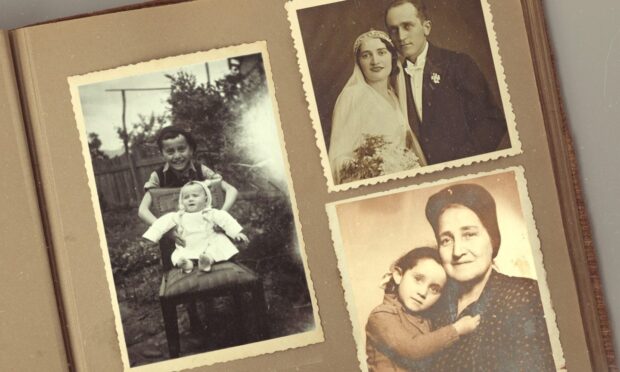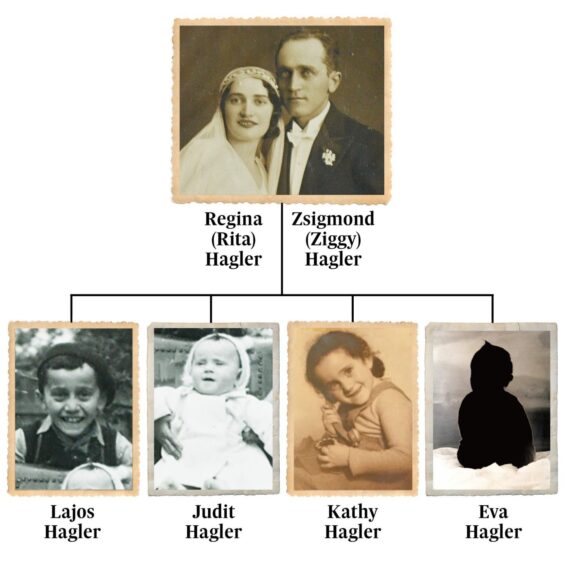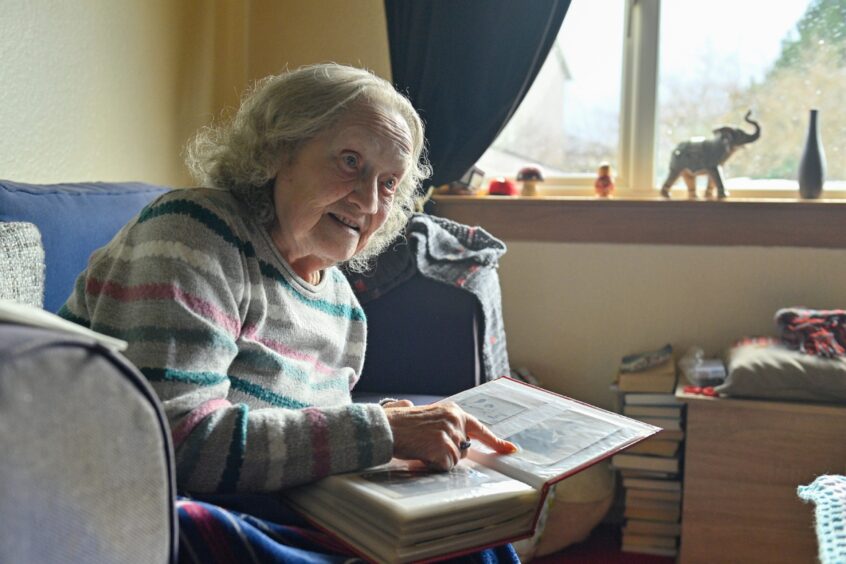It’s a family tree like almost any other, but though smiling photos populate the branches, Inverness Holocaust survivor Kathy Hagler knows very little else about her parents and siblings.
With no grave to visit, or death certificates in her possession, retired journalist Kathy is left only with the stark facts of history and the evidence she’s gathered over the years.
Today, to mark Holocaust Memorial Day, we’re paying tribute to the Hagler family.
“When you die like they did there’s no obituary appearing in a newspaper. It’s like a blank page of what could have been,” Kathy says.
The Haglers of Munkács
Residing in Munkács, now part of Ukraine, the Haglers were part of one of the largest Jewish communities in what was then Czechoslovakia.
In the 1941 census there were 13,488 Jewish residents making up over 40% of the Carpathian mountain valley town.
Munkács was later annexed to Hungary. Many young Jews were gradually conscripted into the Hungarian army.
In 1942 Kathleen Hagler was born but less than two years later the German army, invaded forcing her and her family into a ghetto. Within three months the entire community was gone.
On May 23 1944, the final deportation train left Munkács, carrying 3,080 people. Like all the others before them they were headed to Auschwitz-Birkenau.
Rita and Ziggy Hagler
Zsigmond Hagler came from Munkács. He met his bride, Regina Blank, who preferred to be called Rita, when she was sent from Budapest to receive medical treatment in the mountains.
The daughter of Rebekah Blank (maiden name Stern), who a divorced orthodox Jewish woman from the Hungarian capital, she had one sister, Rozsi.
Zsigmond, or Ziggy as he was known in the family, was a “high-up clerk” in an office, “a bit like an accountant”, Kathy believes.
Lajos Hagler
The couple’s first born son Lajos, known as Lali, was born in 1935.
The only thing we know about Lali is that in 1944 his grandmother paid to have him smuggled from the ghetto. When the day came he was suffering from “something like German measles”. A fever prohibited him from travelling.
Instead, Kathy was taken to safety. Just two weeks later, when their rescuer returned, Lali had gone with the other Jews of Munkács to the gas chambers of Auschwitz.
Judit Hagler
Rita’s first daughter was baby Judit. Though some photos exist of the baby nothing else is known except that she died of natural causes in infancy.
Her younger sister Kathy would be born in 1942.
Around 1943 Ziggy was “taken” – presumed into forced labour – unaware that his wife was pregnant again.
Eva Hagler
Sometime between late 1943 and early 1944 the couple’s third daughter, baby Eva, was born. She would have been a babe in arms when her mother and brother boarded the train to Auschwitz.
No photos exist of baby Eva.


